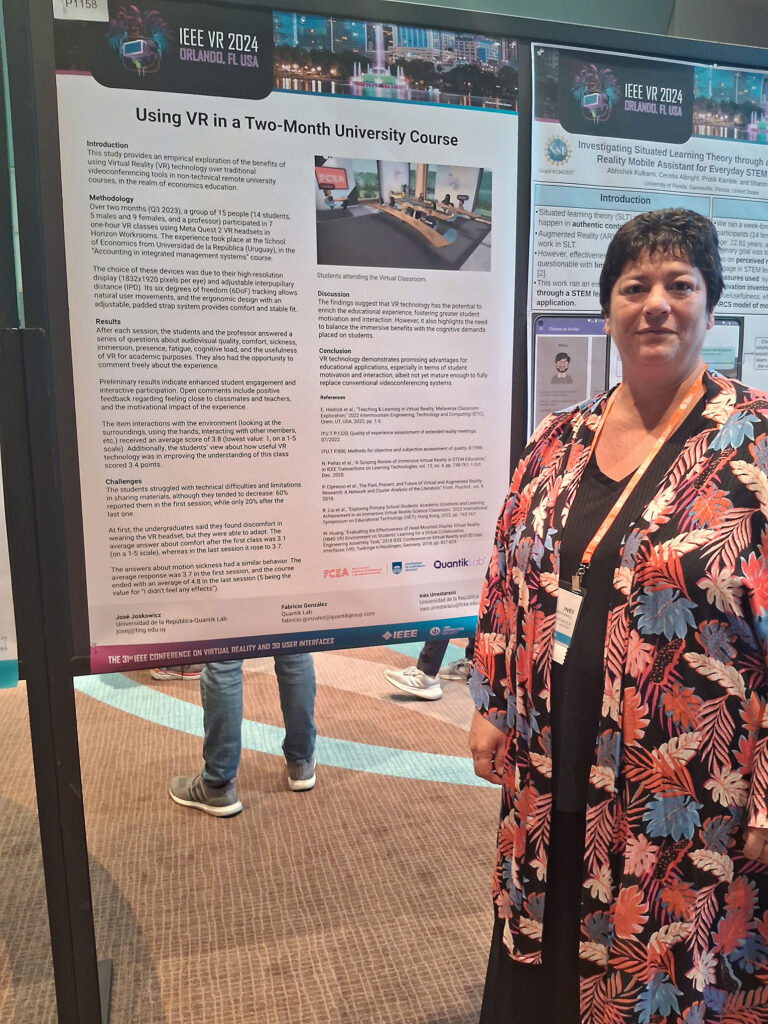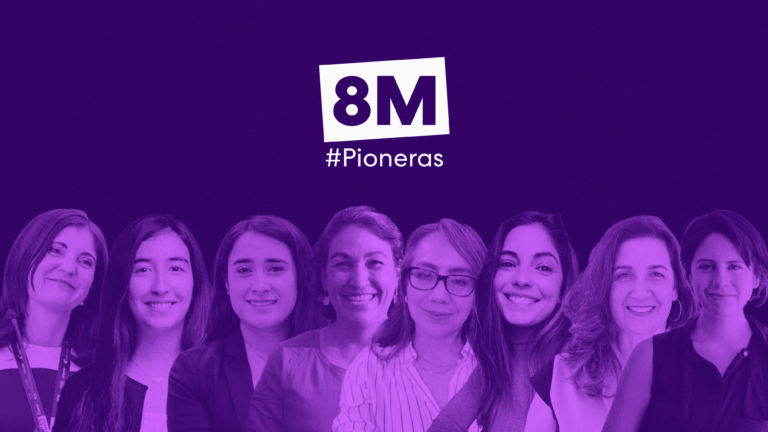In recent years, hybrid project management has gained popularity as a management approach that combines the best practices of agile and traditional (adaptive or predictive) methodologies in the different phases of the project, in planning, execution, monitoring and control. In essence, it is a blend of methodologies to take advantage of the best of both worlds and effectively adapt to the specific needs and characteristics of each project.
This combination has proven to be highly beneficial for project offices, as it allows for greater flexibility and adaptability in today's business environment .
To better understand the approach, let's look at the differences in each methodology. Agile practices focus on flexibility, adaptability, collaboration and early delivery of value, while traditional practices focus on detailed planning, rigorous monitoring and process compliance.
It is often difficult to choose one practice and stick to it. Therefore, the key idea behind hybrid project management is to find a balance between adaptability and structure. This allows project teams to maintain an appropriate level of control while responding effectively to the uncertainty and change inherent in modern projects.
The objective of the hybrid project management approach is to choose, using the appropriate criteria, the most appropriate project management practices for each phase or moment of the project. For example, you can plan and define requirements with a predictive lifecycle in mind, then design, develop and test considering the benefits of adaptive or agile lifecycles.
What are the benefits of applying the hybrid methodology in project management?
Hybrid project management offers significant advantages. Some of them are mentioned below:
Flexibility in methodology: Hybrid project management allows organizations to adapt their management approach according to the needs of each project. This flexibility facilitates the incorporation of agile practices in complex or rapidly evolving projects, while maintaining more traditional structures for more predictable projects.
Greater agility and speed: The incorporation of agile elements in project management allows for faster decision making and a more agile response to changes. Agile methodologies focus on frequent, incremental delivery of products or functionality, allowing tangible results to be achieved more quickly. At the same time, traditional approaches provide more robust structure and planning, which helps keep the project on track.
Improved collaboration and communication: An environment conducive to effective collaboration and constant information sharing is created by combining agile methodologies that promote transparency, continuous collaboration and traditional monitoring and control practices.
Greater control and structure: Although agile elements are adopted, projects managed with a hybrid approach do not completely abandon traditional management practices, allowing project offices to have a greater ability to adapt to changing circumstances while maintaining a solid structure to ensure project success, in terms of planning, monitoring and risk management.
Continuous learning: Hybrid management allows project offices to leverage the experience and knowledge gained from previous projects. Periodic reviews and feedback are conducted to improve practices and avoid similar risks in future projects. This facilitates the transfer of best practices and lessons learned.
How to choose the right project management approach?
The choice depends on several factors and varies from project to project. In general, a combination of approaches can be chosen or different methodologies can be applied at different stages of the project.
Before choosing a management mode, we must conduct an analysis of the project; the organization's structure; the environment; the project's objectives and requirements; the capacity and skills of the team and stakeholders; and any other elements that may impact its results.
It is important to note that this decision is not static, but may evolve during the course of the project, as a result of the evaluations and adjustments that we must make on a regular basis.
Flexibility and adaptability are the pillars of hybrid project management and allow you to leverage the best of each approach in different project phases to achieve successful results.
By Mariana Martinez, PMO Leader Quantik, has more than 10 years of experience in the field of Project Management. She has a degree in Business Administration-Accounting and is certified in PMP and Scrum Master.
At Quantik, together with the operations team, he drove the integral transformation of the project office, inspired by digital transformation concepts. This initiative involved the optimization of management tools and continuous improvement.



